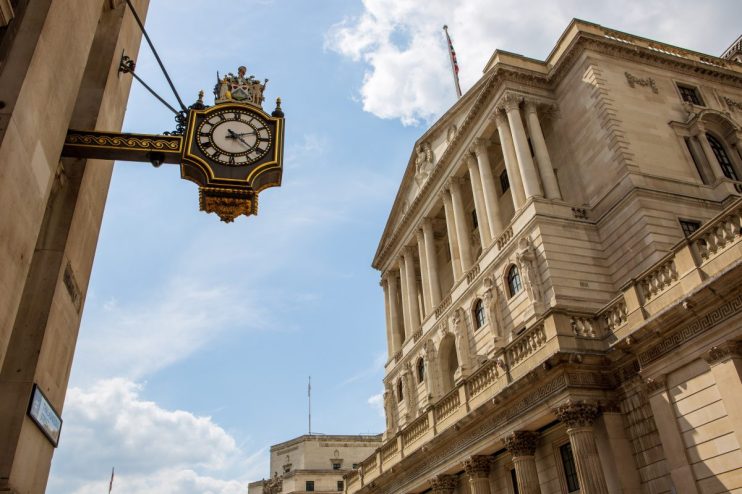Bank of England commits to reducing greenhouse gas emissions 90 per cent by 2040

The Bank of England has committed to reducing its greenhouse gas emissions 90 per cent by 2040 as part of its net zero push.
In a speech ahead of the publication of the Bank’s climate transition plan, Bank of England COO Ben Stimson said “our central target is to reduce greenhouse gas emissions from our physical operations by 90 per vent by 2040 relative to our baseline year in 2015/16.”
He noted the Bank had interim milestones to reduce emissions every five years. The first target is to cut emissions by 40 per cent by 2025. The Bank has already committed to reach net zero by 2050.
Transition plans detail how institutions are going to meet their net zero commitments. The Bank’s plan, which will be released next week, is one of the first of its kind by a central bank.
Already, Stimson said, the Bank has cut electricity emissions to zero. The Bank will now focus on its direct emissions and so-called Scope 3 emissions, which includes emissions from the supply chain.
Indirect emissions make up 98 per cent of the Bank’s total emissions from its physical activities. To meet its target it will have to work with its suppliers to reduce their emissions.
“We are working with organisations along our supply chain, from the largest global corporates to local SMEs, to ensure that they are able to quantify and begin to mitigate their own emissions,” Stimson said.
As an example, he said the Bank had changed the way it tenders for the supply of the polymer used in banknotes.
“By signalling the importance of managing down the carbon intensity of the inputs into banknote production, we have encouraged investment in technologies that control and mitigate the release of solvents during polymer substrate manufacture,” Stimon said.
Although Stimson said the Bank could switch suppliers to bring down its own emissions, he said it was more valuable to engage with suppliers.
“It is an opportunity to engage with the supply chain, to ensure they understand our needs as a customer and to help them plan to reduce their emissions,” he said.